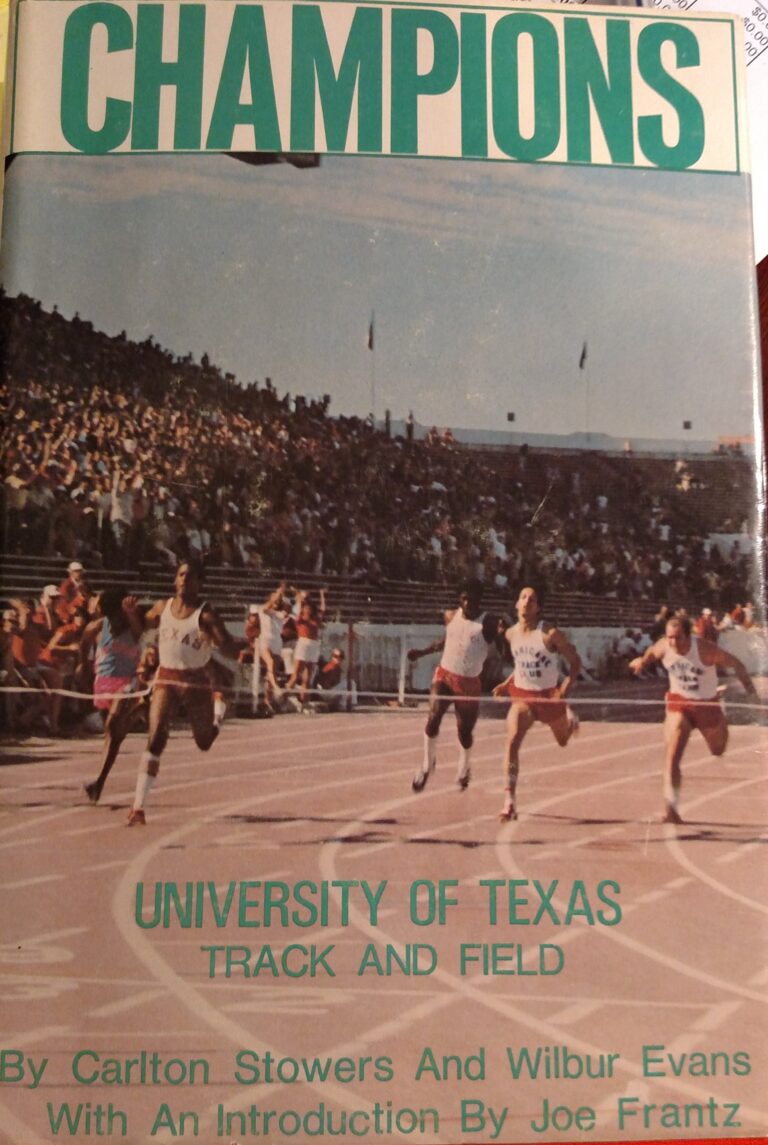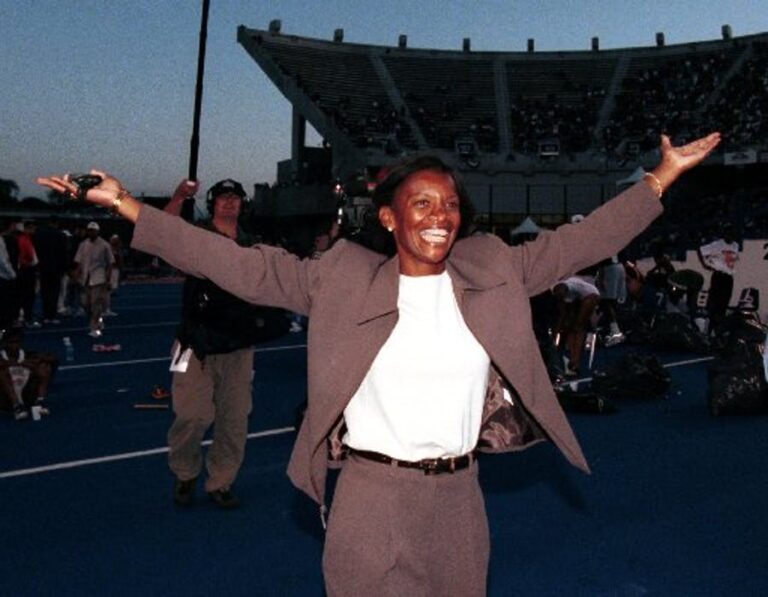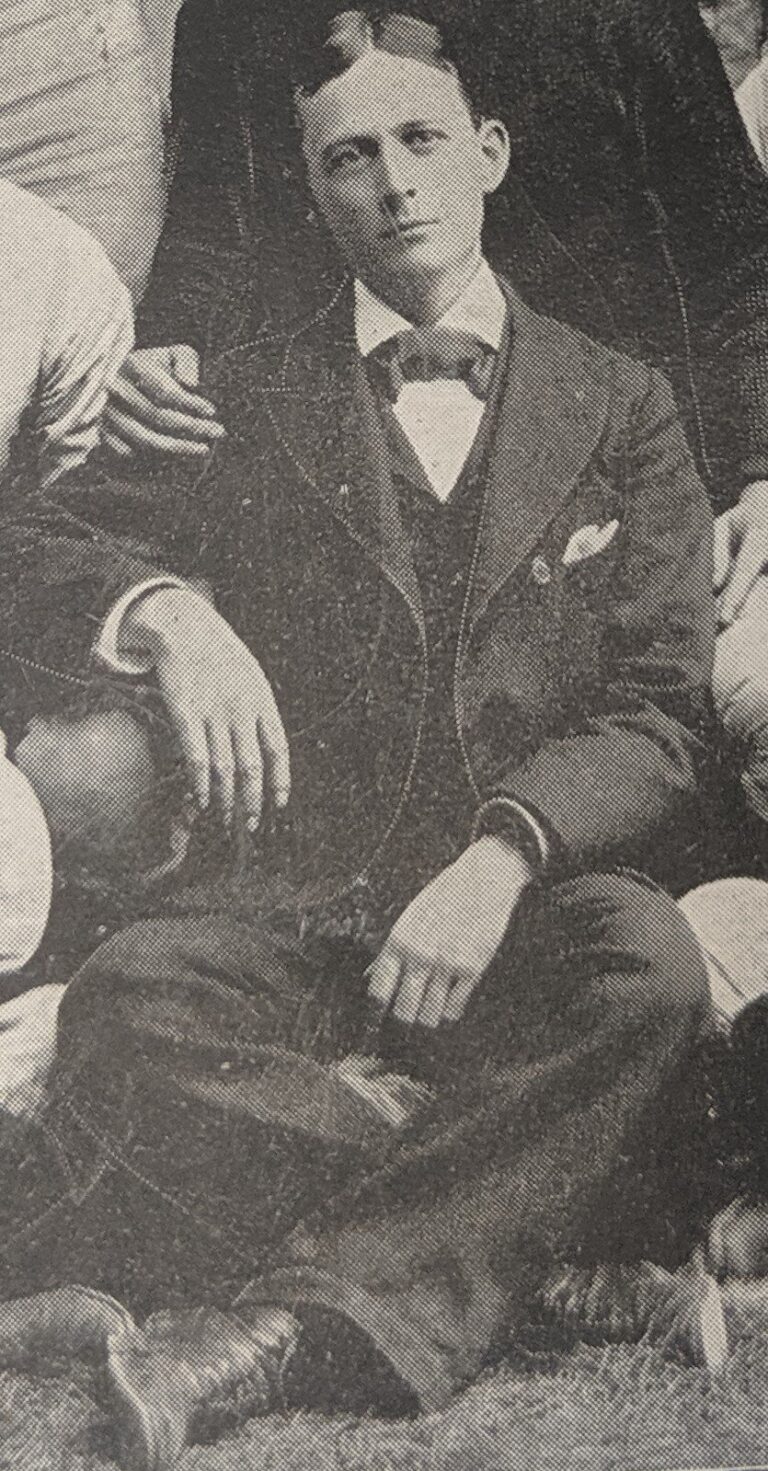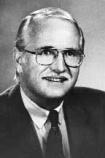Men’s Track 1893-1920
Track and Field require mental toughness and the ability to overcome adversity. The Greeks chose Track and Field as the key sport for Olympic competitions because it is the most universal of all sports that pit individuals against each other to prove who is the best. There is no need to study films to determine team tendencies or change offensive and defensive techniques every week to exploit the weakness of the competitor. Track participants’ main goal is to convert innate talents, strong discipline, and hard work into maximum performance.
Track forces participants to confront personal character flaws, demons, personal weaknesses, and insecurities. Jesse Owens says about mental toughness, “The Battles That Count Aren’t the Ones For Gold Medals. The struggles within yourself – The Invisible, Inevitable battles Inside all of Us – That’s Where It Is At.” Patti Sue Plumer agrees, saying, “ Racing teaches us to challenge ourselves. It teaches us to push beyond where we thought we could go. It helps us to find out what we are made of. This is what we do. This is what it’s all about.”
The quote “Sports do not build character- It reveals it” defines track and field participants. Track athletes deal with “invisible, inevitable battles” and a gut check every day.
Track is the only sport where athletes reveal their character to the fans as the event unfolds. Track athletes mirror the internal struggle that occurs thousands of times for UT athletes as they write their stories in the History of U.T. Track.
For those of you fascinated with a track history, the link below has a wealth of information from the magazine Track and Field.
http://www.trackandfieldnews.com/index.php/yearly-leaders/13-results/2936
UT -MEN’S TRACK has produced No team National championships
UT has produced 35 NCAA individual National champions.
1893-
Track and Field started as a Field day at Texas in 1893.
1895 Coach and player Walter W. Fisher
In the remainder of this history of Texas track, the name in blue font is the finish of the athlete at the National meet. If the athlete’s name is not in blue, it is not a national result.
In the 1895 Field Day, 4 athletes received letters in track. All set records because it was the first year of Track and Field. J.T. Spencer in the 100 at 10.5, 220 at 23.3, and the 440 at 54 seconds. J.R. Maverick won the 120 high hurdles in 17.5 seconds. R.M. Hubbard won the standing high jump at. 4 feet and 8.5 inches
-
1895 – 1900 – Fisher is involved as a player in Football, Track, and Baseball;
-
he is a 1968 HOH inductee;
-
As a player Walter Fisher is One of UT’s first varsity letter winners;
-
He is Captain of 1895 and 1896 track team; and
-
a Member of the unbeaten 1895 football team
SNAKY JONES
Snaky is a Member Of The First Official UT Track Team
In 1895 Snaky is also a Member Of UT’s only Unbeaten and Unscored on Team in Texas football history, and he is captain of the first baseball team.
In 1896 he and Ray McLane are co-captains of the football team. Ray is a shot putter and hammer throw specialist.
T.W. Gregory (Gregory Gym) is a time keeper.
B.T. Van Zandt of Paris, Texas receives the first monogrammed letter as a sprinter.
The Cactus in 1896, 1897, and 1898 gave no press to Track and Field. Things changed in 1902 when the team took first place at the Texas Collegiate meet.
1899
Hildebrand is the captain of the team and the next year serves as manager.
Coach F.H. Curtis 1900-1905
1900 Coach Curtis
1901 COACH CURTIS
The Texas Intercollegiate Athletic Association (T.I.A.A.) is founded.
Records at the time include
-
High Jump 5′ 3″
-
440 time of 62.4
-
Pole Vault – 9′
-
220- 25.6
-
100- 11 flat




Coach J.P. Howser 1906-1909
1906, 1907, 1908 – Coach J.P. Howser
A crouching start instead of a standing start lowers the sprint times.
Tex Ramsdell In 1906 is one of the best all round athletes of all time at Texas. He ran a unheard of 9.8 for the 100 and is equally impressive in the 220, 440, mile, and broad jump. He still holds a record that will probably never be broken by winning the 100, 220, 440, and finishing 2nd in the 880 in one track meet.
Three Ramsdell brothers and one sister are wearers of the “T” . The oldest brother was the Adjunct Professor of American History at Texas.
Three Ramsdell brothers and one sister are wearers of the “T” . The oldest brother was the Adjunct Professor of American History at Texas.



high jump – 5’ 9” – 100 yards 10 flat- 440 – 50.4
Coach C.S. Snyder 1909, 1910
Coach C.S. Snyder 1911
Team wins 6 meets beating 18 colleges
Coach Carl C.Taylor 1912-1914
Starting in 1912 thru 1918 Texas wins six T.I.A.A. Conference championships.




Maj. General Kearie Lee Berry 1912-1924 – because of WWI K.L. Berry spread his years as a Longhorn over 12 years.
Maj. Gen. Kearie Lee Berry
-
Received honors in wrestling, football, and track from 1912 -1924.
-
A career Army man, he survived the famous Bataan Death March and 40 months as a prisoner of war. He earned a Purple Heart, Silver Star, and Distinguished Service Cross
-
Named Adjutant General of Texas in 1947
-
set the shot put record 42’ 4”.
1913-COACH CARL C.TAYLOR
1913 is Clyde Littlefields freshman year at Texas.
1914 COACH CARL C.TAYLOR
Clyde Littlefield is leading scorer for the season (54 points)
(December) the Southwest Athletic Conference forms (SWC).
Clyde Littlefield broke the world’s record in the high hurdles.
At a T.I.A.A. meet in Waco the Longhorns score more points than all the other contestants combined.
Coach W.e. Metzenithin 1915-1916
1915 The Southwest Athletic Conference is formed. Horn track team wins the championship.
Horns win the SWC again in 1916.
1917- The season was basically cancelled because of WWI
1918- COACH W. J. JUNEAU
The war ends and track returns to prominence slowly. Before the war the Longhorn track team had accumulated 6 undefeated seasons in conference play. But the war requires that the college athletes trade their track uniforms for military uniforms and the return of track for the Longhorns is the worst point score (17) in the history of Texas Track and Field. The Sooners dominate the Conference.
Javelin throw was added to the conference program.
Worst point score (17) in the history of Texas Track and Field. The Sooners dominate the Conference.
1920
O.U. drops out of the SWC.






































